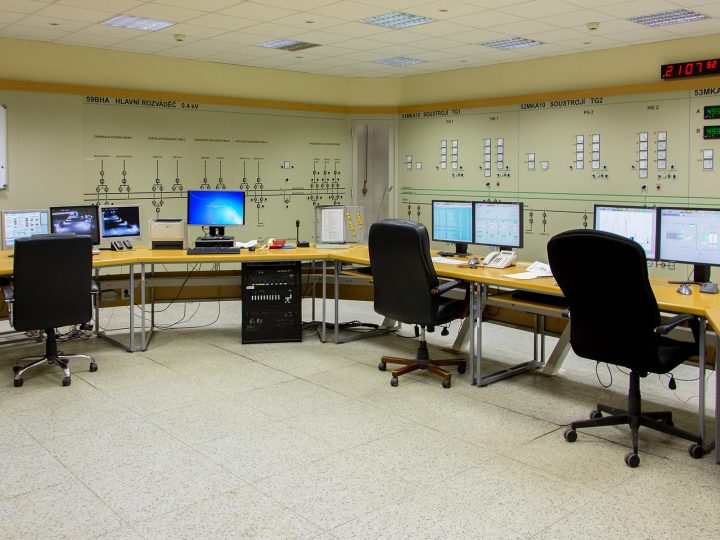I recently had a discussion with someone who sat through a presentation from a business leader. While the specific information, technology used, or target audience was not the issue, it was the presentation delivery and supporting handouts that became the deficiency. Not only was the presenter unable to clearly present the material, the presentation itself was constructed poorly to include the hand out material for the audience to follow. Considering you only get an audience once for each presentation, making the most of it becomes one of the most important goals. Consider how many times you sat through a presentation, or even presented, that was poorly done and how you felt afterwards. Whether it is a new product business case, contract pitch, employee report, state of the business town hall, etc. presenting the material in a manner which projects your knowledge of the material, is paramount to an effective delivery. Regardless of how in depth the material knowledge is, if the presentation or the supporting documentation is poor, the entire objective for presenting the material can be completely lost.
Presenting to a group of employees, potential business partners, investors, etc., needs to be tackled from several perspectives. First off, know your material! This applies to any size group, a small group or a large group. Yes, from the audience perspective, the focus is solely on the material being presented first, than the person presenting second. If you dont give due diligence for research and gain the depth of knowledge for the material being presented, the delivery will take away from the importance. Consider how you feel when folks presenting material have to read every word and how it becomes broken, boring, and not effective. Granted, some people will say as long as you periodically look at the audience it is OK but I will tell you that it is not. Reading word for word from a hand held material or the presentation screen can be done by anyone. Your notes should only be key bullets to keep you on track and ensure you touch base with the important facts or points required to impact the audience. Yes it does take practice and a heightened level of confidence but the audience will stay focused on the material and then will be staged to take your information away with them.
The second part to consider is the supporting documentation and presentation aids. For this discussion I will focus on the typical PowerPoint presentation with handouts. This is not to say you shouldnt utilize other methods such as an easel, white board, or other physical or electronic delivery aids. If you are building Power Point type presentations that are filled with long sentences or even paragraphs, you have essentially given your audience an eye chart to read
they wont need you. If you display data base excerpts or extractions of information, you have essentially given your audience an eye chart they cant read
they wont want you. The presentation must be displayed in a manner which will enhance the information you are presenting, not simply display all the information you are presenting. There exists a lot of information on the web, communication firms, and even local college and university classes that can assist in PPT building guidance. Providing handouts for your audience to take notes, record key points you express, or even write their own thoughts down, must be in a manner which they can actually read afterwards. Often times I see the actual PPT printed with a few lines to the side containing 3 slides to a page. In the end, these are not legible for further reading or reference. It doesnt take very long to provide adequate print-outs which your audience can take with them, write notes on, and utilize later.
Every audience you present something to, (your staff, perspective growth partners, potential contract acceptance, or simply information messages to outsiders), the way you present can greatly deter and impeded in your ability to transfer or convince your audience with your information. If you choose or have been chosen to be the presenter, make the most of the moment. Your presentation doesnt have to be elaborate but does have to be legible and enhance you as a presenter. How you present it does have to be in a manner which shows you know the subject matter and have provided presentation aids to enhance the audiences ability to receive it. It isnt easy to present, but if done poorly, it is far harder to achieve any objective. In the end, if done poorly, you simply make people feel you have wasted their time and time is money for all involved.
Stay Well
Scott B.
0 Comments
Leave a reply
You must be logged in to post a comment.



